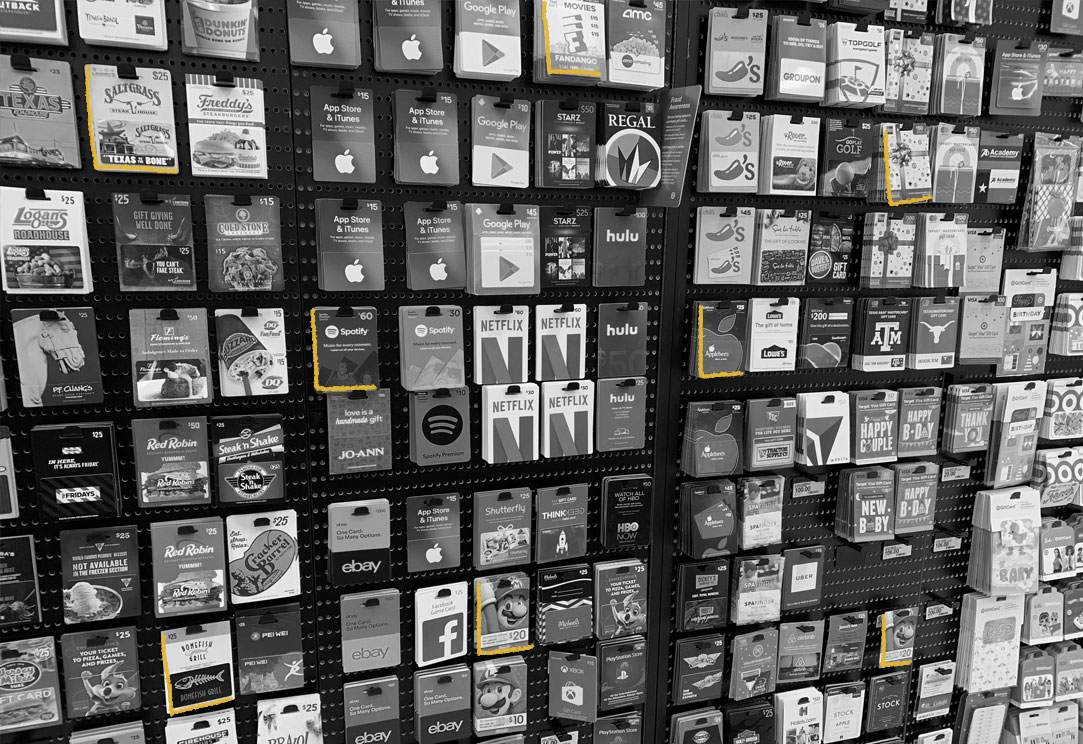While credit cards have a fairly long history, gift cards weren’t invented until 1994. Neiman Marcus was the first store to sell gift cards, but they didn’t advertise or display them. Instead, the famous retailer essentially sold them as novelty items. In 1995, Blockbuster became the first retailer to actually display gift cards in its stores. Apparently, this was partially motivated by a problem that the chain was facing — people were counterfeiting the paper gift certificates Blockbuster issued. In 2001, Starbucks became the next big chain to sell gift cards. Notably, they were the first to introduce gift cards that worked more than once. From there, gift cards took off, and today, they are nearly ubiquitous. Available at a variety of retailers ranging from small businesses to big box stores, they are extremely popular. Notably, retailers often make a profit on gift cards, as many lose value over time if not spent right away. While they are often given as gifts, some people also purchase reloadable gift cards for themselves (usually for a specific retailer they go to frequently, such as Starbucks) to help with budgeting and/or to eliminate the need for carrying cash. Some people don’t like gift cards and consider them impersonal, but since their introduction in 1994, they have been overwhelmingly embraced by the public, so it’s a good bet that gift cards won’t be going away any time soon!

Your go-to guide for weird history facts
Subscribe to the FREE daily email that makes learning about history fun.


